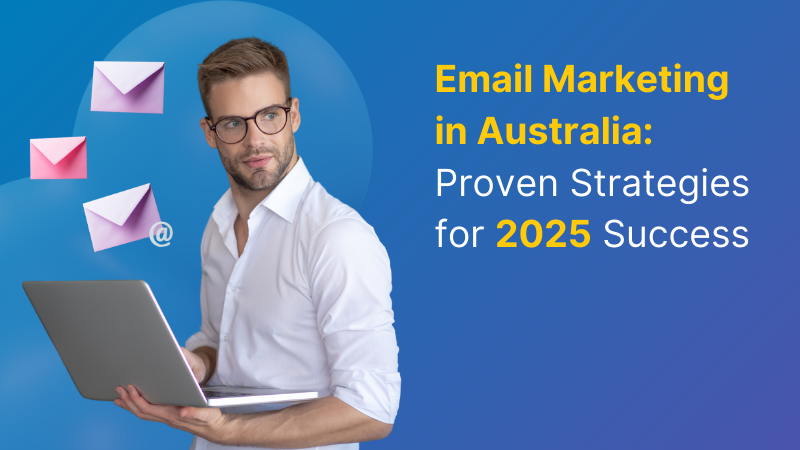Gamification is proven effective in B2C with the likes of Nike and Starbucks onboard this marketing strategy. The question is: can B2B marketers utilize gamification as a lead generation strategy to engage prospects and leads? Today, we show you how.
Gamification Defined
From the start of civilizations, gaming rules tap into the competitive nature of humans and the desire to win. Gamification makes use of psychology to harness the power of games for profitability. Rewards, challenges, earning points, and incentives are some of the techniques behind gamification that make it a practical and effective marketing strategy, even in B2B.
Gamification for B2B Marketers
In an increasingly mobile world, B2B marketers can’t ignore gamification as a marketing strategy to reach other businesses. A Wrike survey revealed 66% of B2B buyers use specialized mobile apps related to work.
B2B companies in various industries have launched mobile apps and reaped the benefits of gamification. Digital advertising agency inTacto created an online game that generated traffic at the start of the year. The digital agency included sharing options, links to their site, and chances to win merchandise.
Workplace, a workforce management software developer encouraged potential clients to sign up for a trial service with The Game. The app was a gamified version of their service that made it fun for consumers to engage in and share with others.
Why Gamification Campaigns Succeed
Gamification is more than implementing gaming techniques in marketing. A successful campaign offers value, skills, and improvement. It is a compelling tool to challenge, track, measure, motivate, and reward people. Businesses can utilize gamification both to target their consumers and make the workplace more engaging for employees.
Key Points in B2B Gamification
The content and elements of your campaign should be interesting to your target personas.
Offer rewards and incentives to all who participate in the challenge. For example, you can offer reward points, trial service or an eBook.
Enable share options. Boost brand awareness and engagement by adding a social share button for your multi-channel campaign.
How to Add Gamification to Your B2B Marketing Strategy
The gamification marketing is valued at billions and predicted to grow to $12 billion by 2021. Consumers perceive companies that employ gamification strategies as forward-thinking.
This innovative tool can promote any product or service and deploy at any stage of consumer interaction. Here are practical tips to use gamification in your business:
Tailor-fit your strategy to your marketing goals
Determine success metrics and desired outcome from your campaign. Ensure you have realistic and measurable goals in place. An analytics tool can determine when you achieve your goal.
Know Your Audience
Know what type of game appeals to your target personas. Test several game types to find out when consumers are most likely to be receptive and convert.
Likewise, consider designing your campaign to suit the age of your target personas. As seniors exit industries, it is critical to address the desires of the millennial audience. A URL shortener such as Bitly and Goo.gl is a great way to get insight into the topics and keywords your audience finds interesting.
The more you dig deeper into consumer problems, the better your campaign. Aim to deliver a consumer-centric app that offers solutions to meet a pressing consumer problem to a specific audience.
Test the Waters
If you feel you are not ready to go full-force with a gaming app, it’s best to test the waters first. Run little challenges that reward consumers and see how your target audience responds.
Establish Incentives
It should be clear to your audience what they will get in turn for participating in the challenge. It could be a special offer, exclusive content, or a product sample.
Go for User-friendly
Don’t make it difficult to navigate through the game or challenge. Make it easy for your audience to join without asking them to commit too much right away. If it is complicated, people will abandon the game.
Testing sites like UserFeel and Peek can help you determine games that hold excitement and optimal level of difficulties for the best user experience.
Make it Fun
Game developers learned to make menial tasks sound exciting. Take for example FarmVille, a game about planting crops or Diner Dash, a waitressing game.
The more boring you think consumers perceive your business, the more vital is gamification. Fun elements make your strategy look less like advertising and more experience-centered.
Finance company Commonwealth utilized gamification in their website and mobile app SavingsQuest. Through this platform, the company leverages challenges and badges to encourage users to reach financial goals.
Set Deadlines
Create a timeline from developing to launching your gamification campaign. Set limits within your budget and use analytics tools and key metrics to determine its efficiency. Consider working with a gamification developer to stay on budget and schedule with the campaign efficiently.
Final Thoughts
From startups like Foursquare to established companies like Nike, gamification is moving forward in mainstream marketing. Tap into powerful human emotions in winning and losing improve customer experience, loyalty, engagement, and retention. Gamification that works centers at the needs of a specific audience and wraps solutions in creative and entertaining ways.













